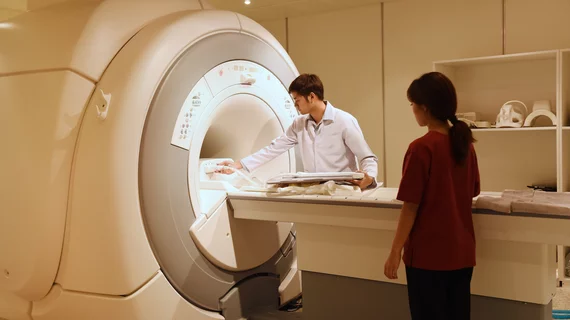Why the impact of CDS on patient care remains unclear
Thanks to the Protecting Access to Medicare Act of 2014, the use of clinical decision support (CDS) will soon be required for advanced imaging orders, with 2020 serving as a “testing year” before full implementation begins in 2021. Researchers continue to test the effectiveness of CDS, but according to a new commentary published in the American Journal of Roentgenology (AJR), it remains largely unknown how these systems will truly impact patient care.
For example, a recent AJR study from Palen et al. found that CDS tools can lead to “modest, but significant” improvements in the appropriateness of advanced imaging orders. But what do these findings tell us about the bigger picture?
“The response by users to the appropriateness scores provided by CDS may be either to decrease inappropriate imaging or to perform some sort of workaround—for example, to simply change the indication-diagnosis code,” wrote C. Craig Blackmore, MD, MPH, Virginia Mason Medical Center in Seattle. “Both may result in an improved score. Thus, articles such as this one that show improved appropriateness scores may be reflecting improvement in appropriateness of imaging or may be reflecting simply changes in coding behavior without any real effect on clinical care.”
Blackmore added that multiple studies, including the AJR study from Palen and colleagues, have noted no real improvements in actual imaging utilization due to CDS implementation. If the improvements in appropriateness scores are a reason to think the government’s upcoming CDS mandate is a good thing, perhaps these utilization findings are a reason to remain skeptical.
In his commentary, Blackmore did note that combining CDS with numerous other interventions—including “physician education, feedback and barriers to ordering of inappropriate imaging”—can make a legitimate impact on the ordering of certain examinations. But this takes “substantial resources” and requires much more effort than just installing a CDS system and assuming that will be enough.
“What then should we expect with CDS implementation?” Blackmore asked. “At worst, we can expect an experience similar to the Medicare Imaging Demonstration project—that is, an expensive and unpopular software implementation that disrupts provider workflows without any improvement in patient care. At best, implementation of CDS can be a central component of a quality improvement intervention that contributes to decreasing inappropriate imaging.”
At the end of the day, he concluded, CDS implementation will be different for everyone. And the experiences at different institutions will provide researchers with “fertile ground for learning and improvement.”

